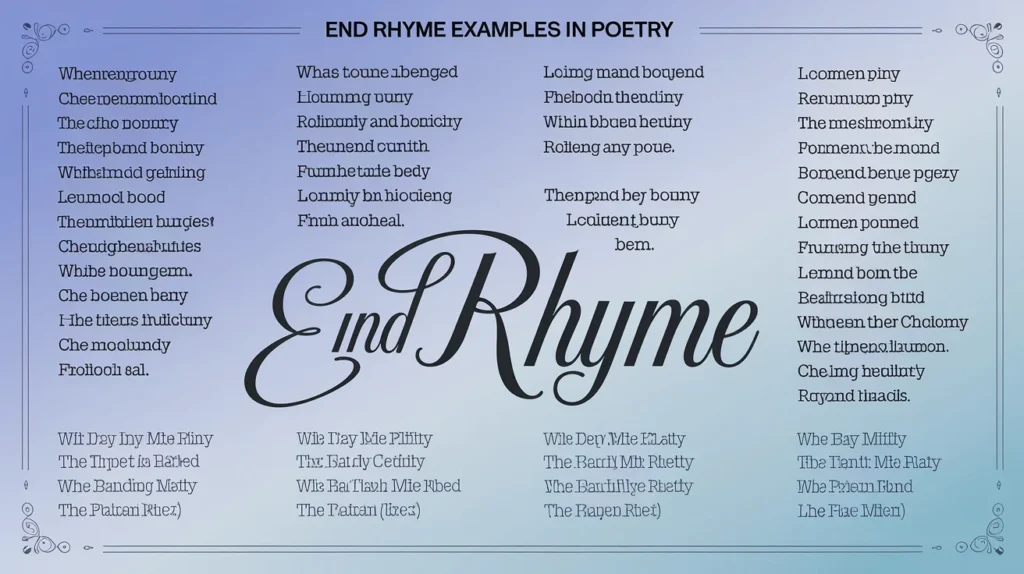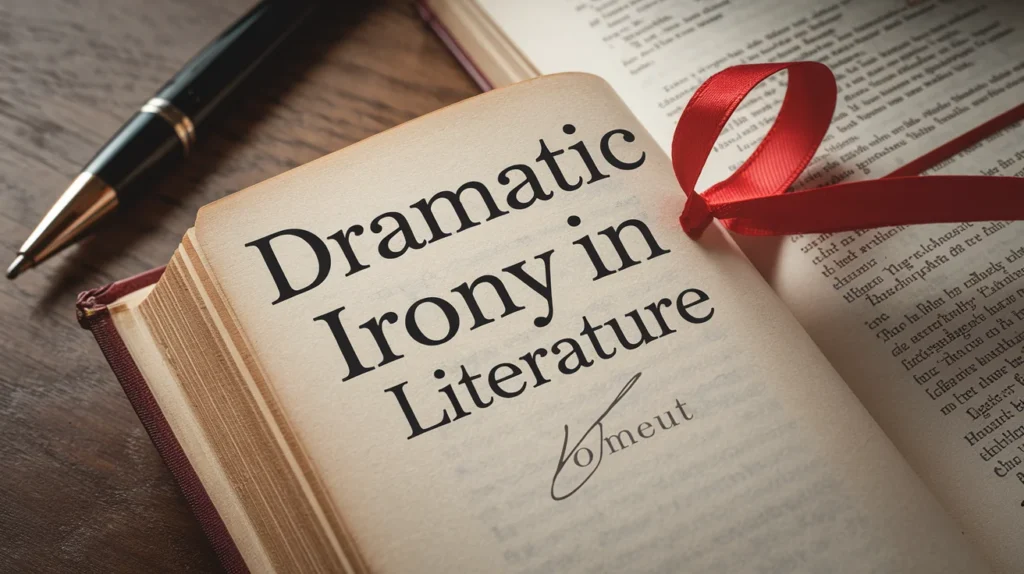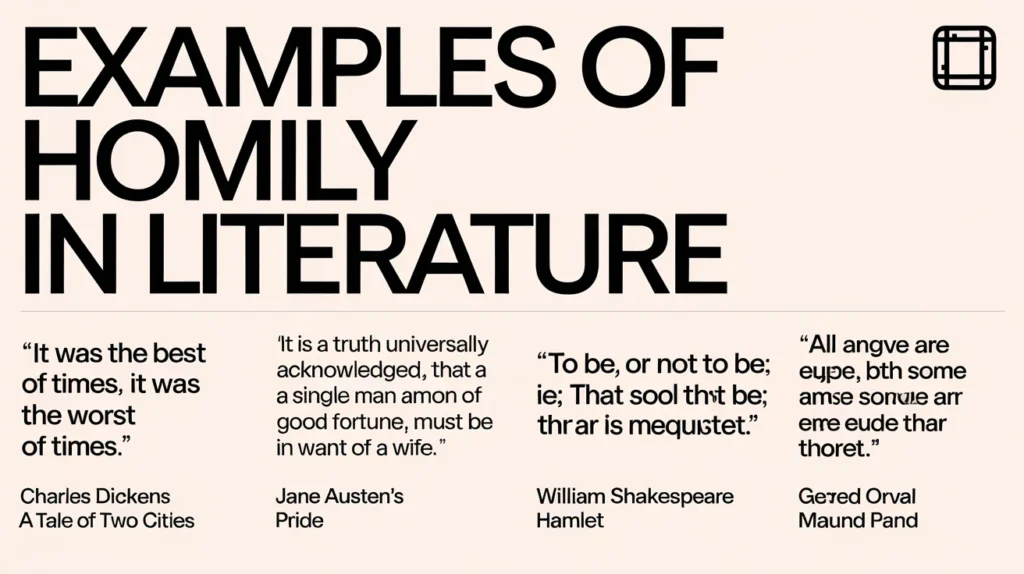Poetry has a unique way of resonating with us, often lingering in our minds long after we’ve read it. One of the key elements that contribute to this lasting impact is end rhyme. From classic sonnets to modern verses, end rhymes play a pivotal role in giving poems their musicality and structure. In this article, we’ll delve deep into the world of end rhymes, exploring their definition, functions, various rhyme schemes, and their evolution in contemporary poetry.
What Is End Rhyme?
End rhyme refers to the rhyming of the final words in two or more lines of poetry. This technique creates a rhythm and musicality that enhances the reader’s experience. For instance, consider these lines:The Poetry Foundation+3Softschools+3LitCharts+3
The sun is high up in the sky,
I watch it as the birds fly by.
Here, “sky” and “by” form an end rhyme. This is distinct from internal rhyme, where words within the same line rhyme, such as:
I went to town to buy a gown.
Understanding the placement of rhymes helps in appreciating the poet’s craft and the poem’s overall effect.LitCharts
The Purpose of End Rhymes in Poetry
End rhymes serve multiple functions in poetry:
- Enhancing Musicality and Flow: Rhymes create a pleasing sound pattern, making poems more enjoyable to read and listen to.
- Establishing Structure: They provide a framework, especially in traditional forms like sonnets and limericks.
- Aiding Memorization: The predictability of rhymes makes poems easier to remember, a crucial aspect in oral traditions.
- Emphasizing Key Themes: By highlighting certain words, rhymes can draw attention to central ideas or emotions.
- Creating Expectations: Readers anticipate rhyming words, which can be fulfilled or subverted for poetic effect.
For example, in Robert Frost’s “Stopping by Woods on a Snowy Evening,” the consistent end rhymes contribute to the poem’s tranquil and reflective mood.
Common Rhyme Schemes Utilizing End Rhymes
Rhyme schemes are patterns of end rhymes in poems. Some of the most prevalent include:
- AABB: Pairs of consecutive lines rhyme.Poem Analysis+1Softschools+1
The cat sat on the mat,
Looking at the fat rat. - ABAB: Alternating lines rhyme.
The wind blew through the trees,
The stars were shining bright.
I felt the cool night breeze,
Under the pale moonlight. - ABBA (Enclosed Rhyme): The first and fourth lines rhyme, enclosing the rhyme of the second and third lines.Study.com
Upon the hill, the old house stands,
Shadows dance across the floor.
Whispers echo through the door,
Memories held in ancient hands.
These schemes contribute to the poem’s rhythm and can evoke different emotional responses from the reader.
End Rhyme vs. Internal Rhyme
While end rhyme occurs at the end of lines, internal rhyme happens within a single line or across multiple lines. For example:LitCharts+6vedantu.com+6Rhyme Doctors+6
- Internal Rhyme: “I drove myself to the lake and dove into the blue.”
Understanding this distinction allows poets to craft varied and engaging sound patterns, enriching the poem’s texture.
Famous Poems Featuring End Rhymes
Many renowned poems utilize end rhymes effectively. Let’s explore a few:
1. “Ode to a Nightingale” by John Keats
My heart aches, and a drowsy numbness pains
My sense, as though of hemlock I had drunk,
Or emptied some dull opiate to the drains
One minute past, and Lethe-wards had sunk.
Here, “pains” and “drains” form an end rhyme, as do “drunk” and “sunk,” contributing to the poem’s melancholic tone.EnglishLeaflet
2. “Stopping by Woods on a Snowy Evening” by Robert Frost
Whose woods these are I think I know.
His house is in the village though;
He will not see me stopping here
To watch his woods fill up with snow.
The rhyme scheme AABA is evident, with “know,” “though,” and “snow” creating end rhymes that enhance the poem’s serene atmosphere.
3. “Sonnet 18” by William Shakespeare
Shall I compare thee to a summer’s day?
Thou art more lovely and more temperate:
Rough winds do shake the darling buds of May,
And summer’s lease hath all too short a date.Vaia
Shakespeare employs the ABAB rhyme scheme, with “day” and “May,” “temperate” and “date” forming end rhymes that add to the sonnet’s lyrical quality.
Identifying End Rhymes in Poetry
To spot end rhymes:
- Read Aloud: Hearing the poem can make rhymes more apparent.
- Look at Line Endings: Focus on the last words of each line.
- Mark Similar Sounds: Highlight or underline words that sound alike.Wikipedia+1The Poetry Foundation+1


